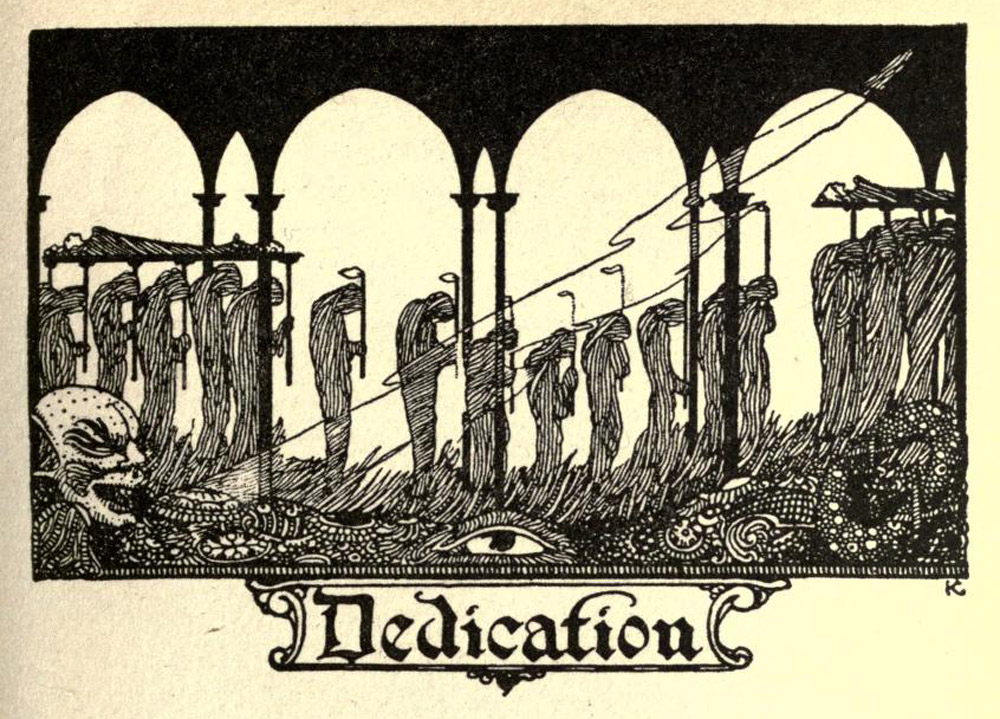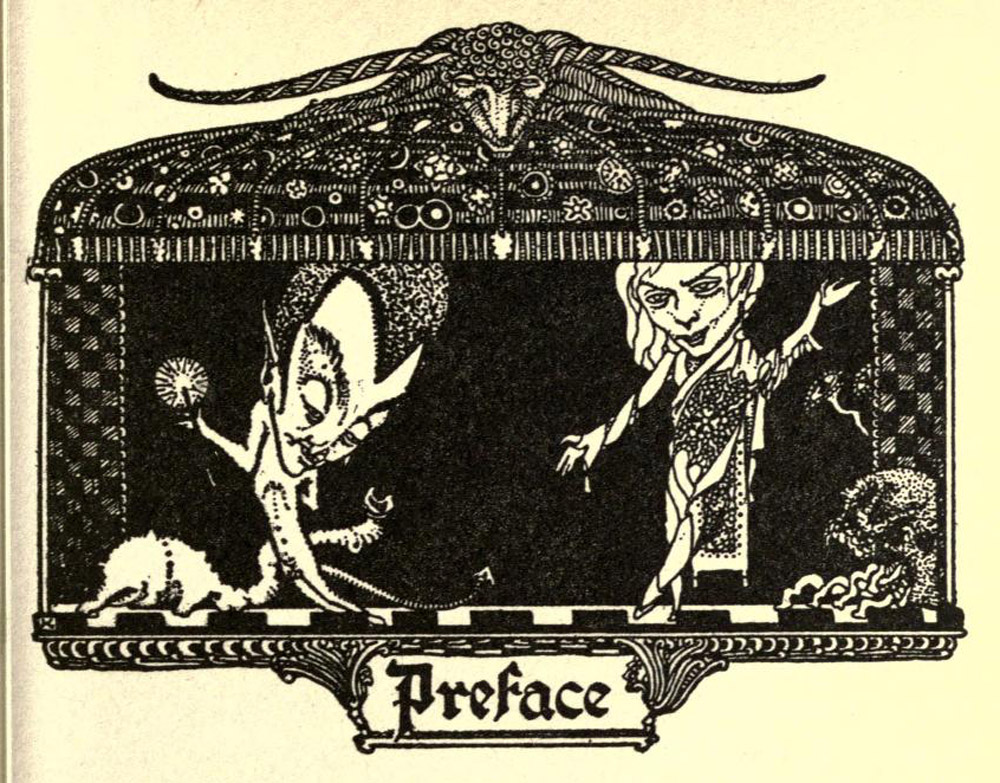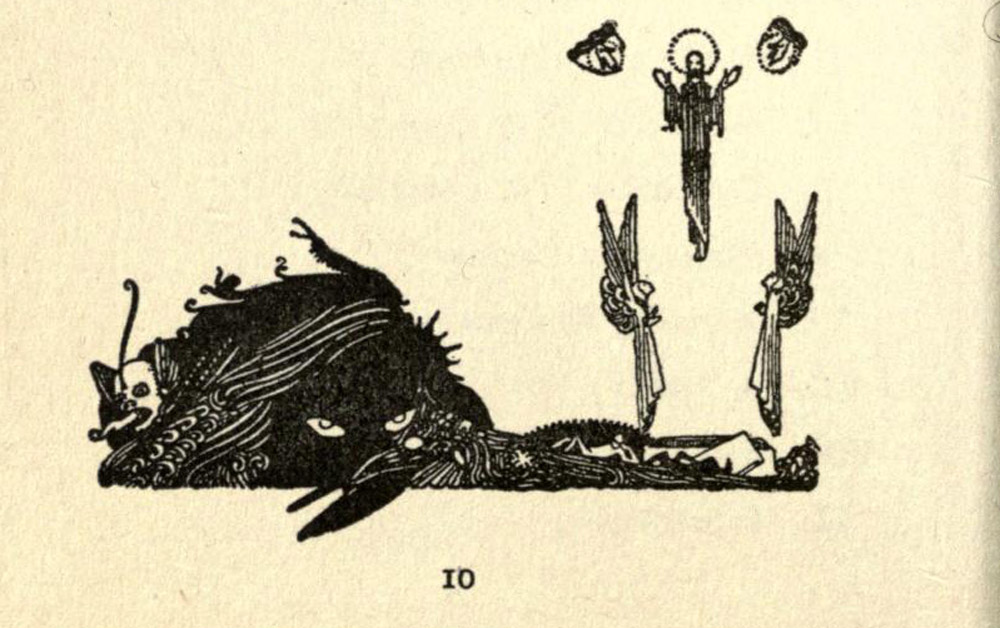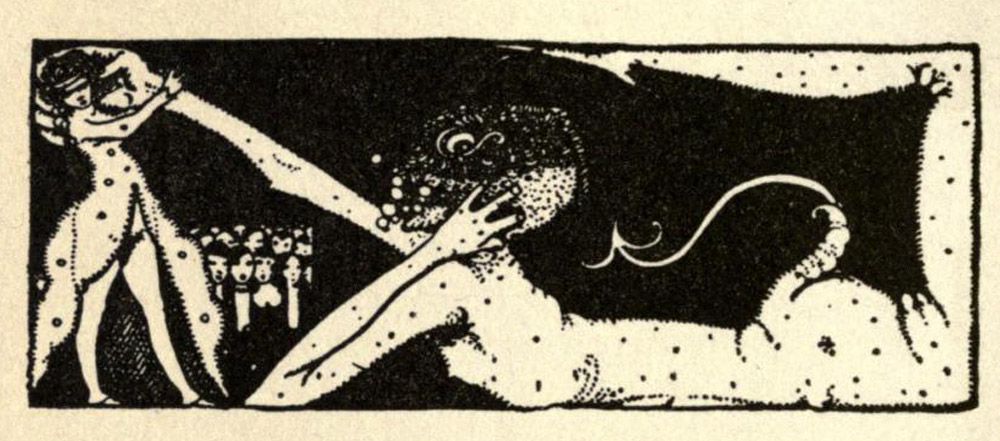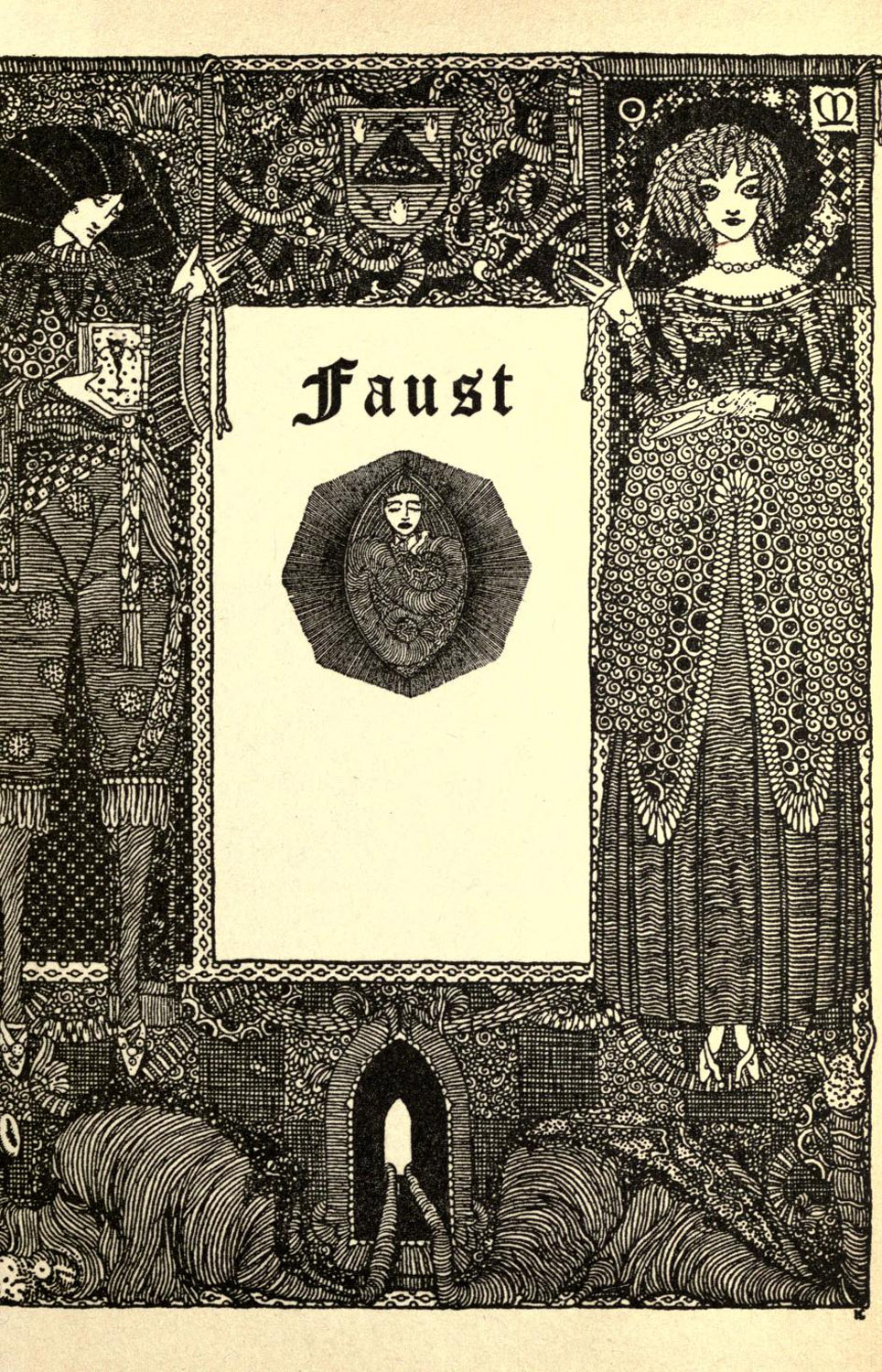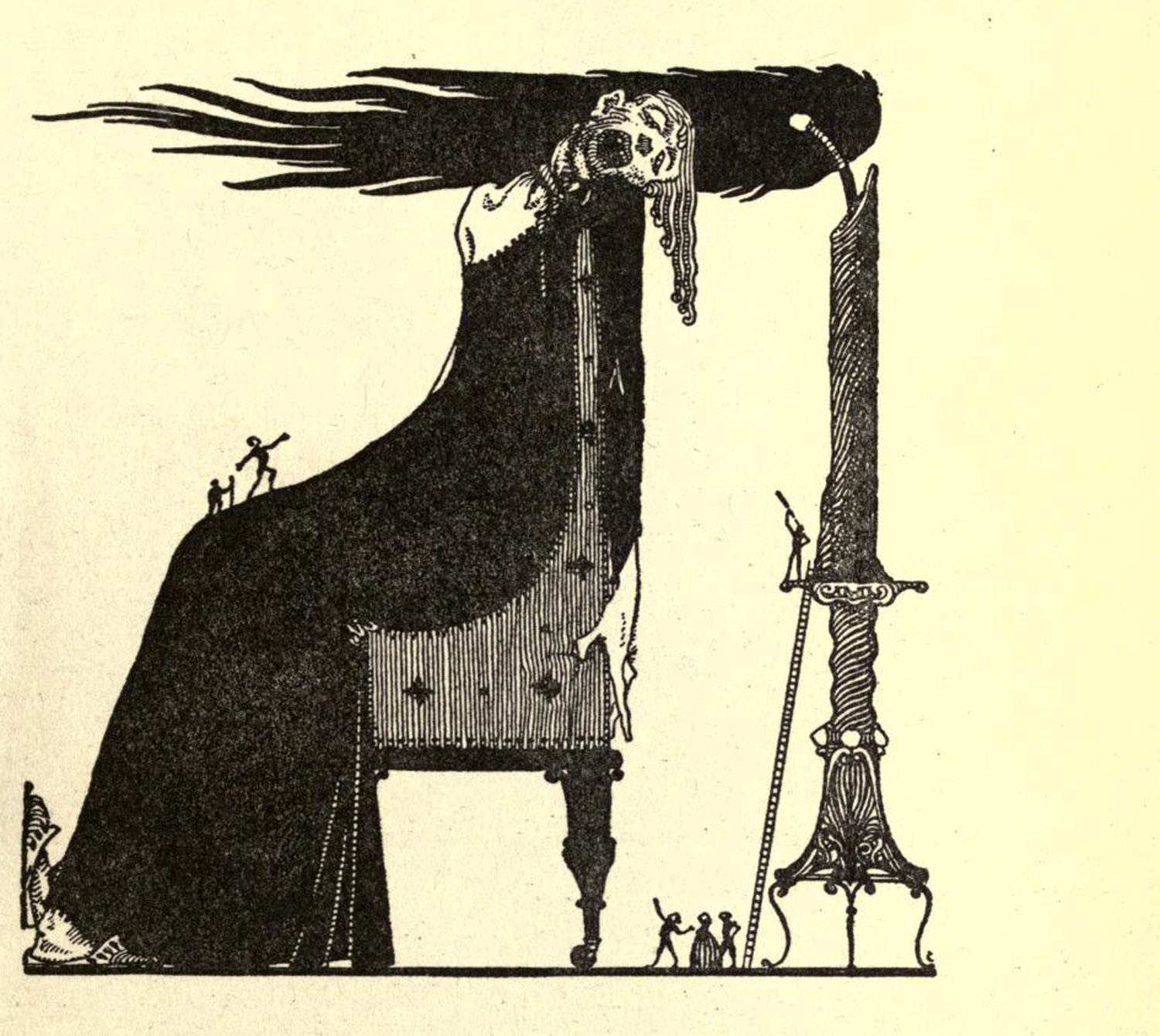The first book in the Janitors of the Post-Apocalypse series by Jim C. Hines is out! Just started it, but it’s wonderful already. A small excerpt:
In Earth year 2144, nine years before the Krakau arrived on earth, a delegation from the fledgling Krakau Alliance met with four Prodryan military leaders to negotiate a truce. Their efforts failed, but records of the exchange offer insight into ongoing Prodryan hostilities. An excerpt from the transcript, translated into Human, follows.
Canon D. Major (Krakau diplomat): We understand your instinctive drive to expand and colonize. There is room enough for all in the vast ocean of space. Why waste your resources attacking other species?
Wings of Silver (Prodryan warrior): Because of our assholes.
Major: …
Farkunwinkubar (Glacidae diplomat): I beg your pardons?
Final Countdown (Krakau technician): Apologies, honored delegates. Our translation software is having difficulties with the Prodryan battle dialect. I believe the problem should now be corrected.
Major: Thank you. Wings of Silver, could you please repeat your reason for these ongoing attacks:
Wings of Silver: Because we are assholes.
Major: Dammit, Countdown!
After further troubleshooting and berating of Technician Countdown, it was determined that the second translation was in fact accurate. The Prodryan system of what we might call “ethics” is largely instinctual. The strongest drive is for species expansion and survival at all costs. The Prodryan mindset automatically classifies all other life-forms into either potential resources (food) or potential threats.
Prodryans are aware of their own nature, and openly acknowledge their selfishness, lack of empathy, and determination to destroy anyone and anything they deem dangerous or not of use to the Prodryan race.
In short, Wings of Silver was correct. Prodryans are a race of assholes who have warred against the galaxy for more than a century.
One thing I fell in love with right away was the names of the humans. When the Krakau rescued them, they realized the importance of names to humans, and compiled a vast list of names from earth sources. People chose names they liked the sound of, with no regard to gender, because that sort of thing didn’t make any sense to them. (Or the Krakau.) Favourite line so far: “I’m a computer. I’m aware of the math.”
 And for those of us who are happy about this new series, but still long for more Magic ex Libris, there will be a Jeneta centered novelette, Imprinted, out on January 9th, 2018. Yay!
And for those of us who are happy about this new series, but still long for more Magic ex Libris, there will be a Jeneta centered novelette, Imprinted, out on January 9th, 2018. Yay!







